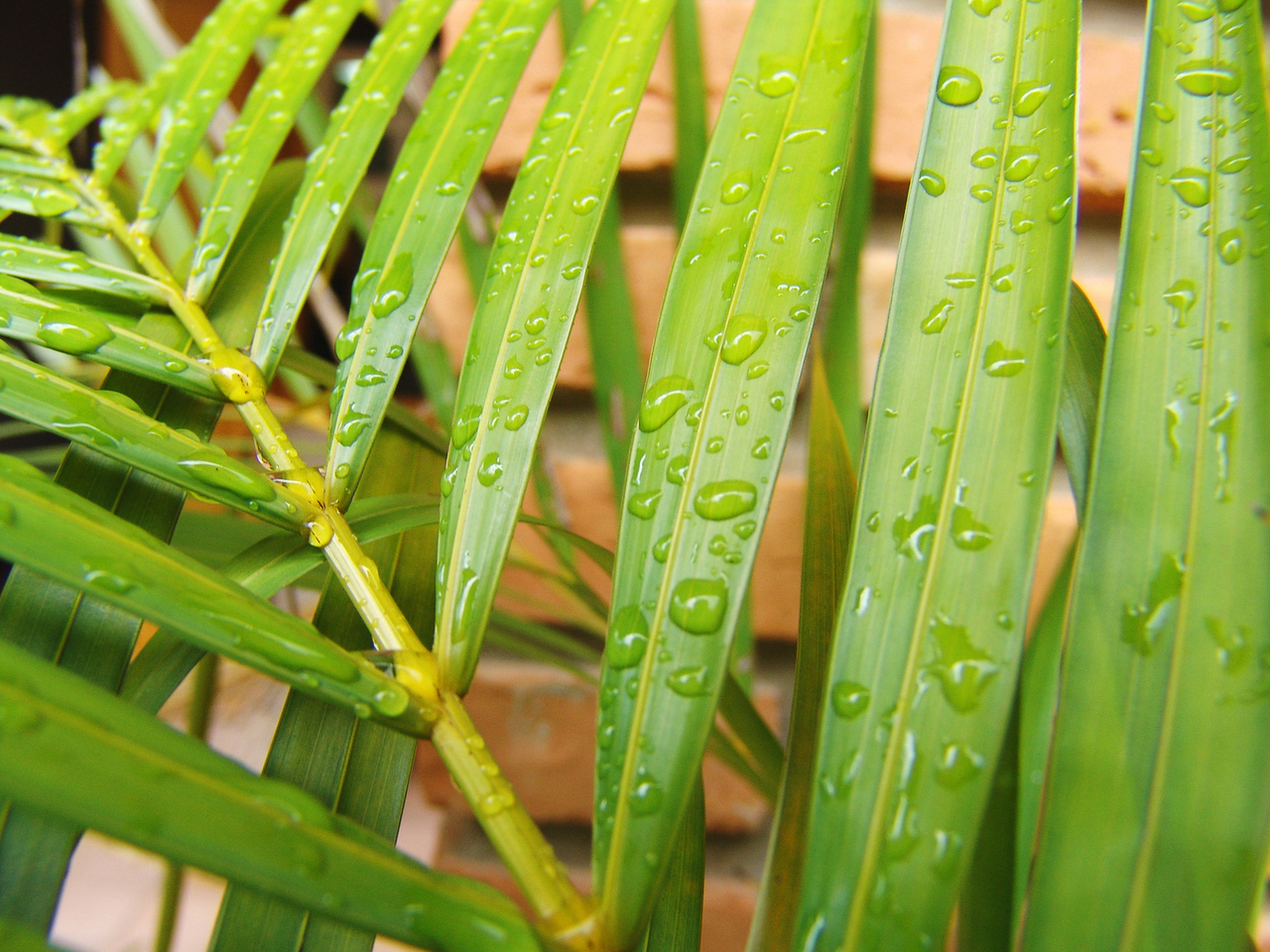
Are you over-watering your plants?
Part of proper plant care is making sure that they receive sufficient water. Regular watering will help keep them hydrated and plants also absorb nutrients from the soil through water absorption. That said, there is such a thing as too much water. If you are concerned about over-watering, here are some signs to look for.
If you notice that the soil is wet but your plants are wilting, you could be overdoing the watering. This is one of the most common and easy to identify signs. So, if the plant is green but wilting, you should check for excessive watering.
If you notice the leaves starting to turn brown and wilt, you could be over-watering. That said, browning leaves can also be an indication of poor health due to other reasons. A common reaction is to add a bit of water to the pot. However, before you do this, make sure that the soil is in fact dry. If the soil is moist or wet, then hold off on watering and give your plant a bit of a break.
Edema is another sign of over-watering and this happens when the plant absorbs too much water. The cells of the plant expand and this adds pressure and stress. Check your plant for signs of edema. You will notice blisters or lesions on the plant and they are usually dark in colour or they can even form white scar tissue. You can also look for indentations located on the top of the leaves.
If you notice the leaves turning yellow and falling as well as new growth falling, it’s likely that you’re over-watering. Check the moisture level of the soil and, if it’s dry, add water. If the soil is moist, wait for it to dry out a bit before watering again.
Finally, root rot is another common sign of over-watering. It stands to reason that if the soil is too wet, the roots will be surrounded by a humid environment for extended periods of time. This kind of prolonged exposure will cause the roots to suffer and start to rot. This fungal disease can transfer from one plant to the next if they are in the same soil. You will notice that their roots are slimy once you remove them from the soil. This is a clear sign of this kind of damage.
